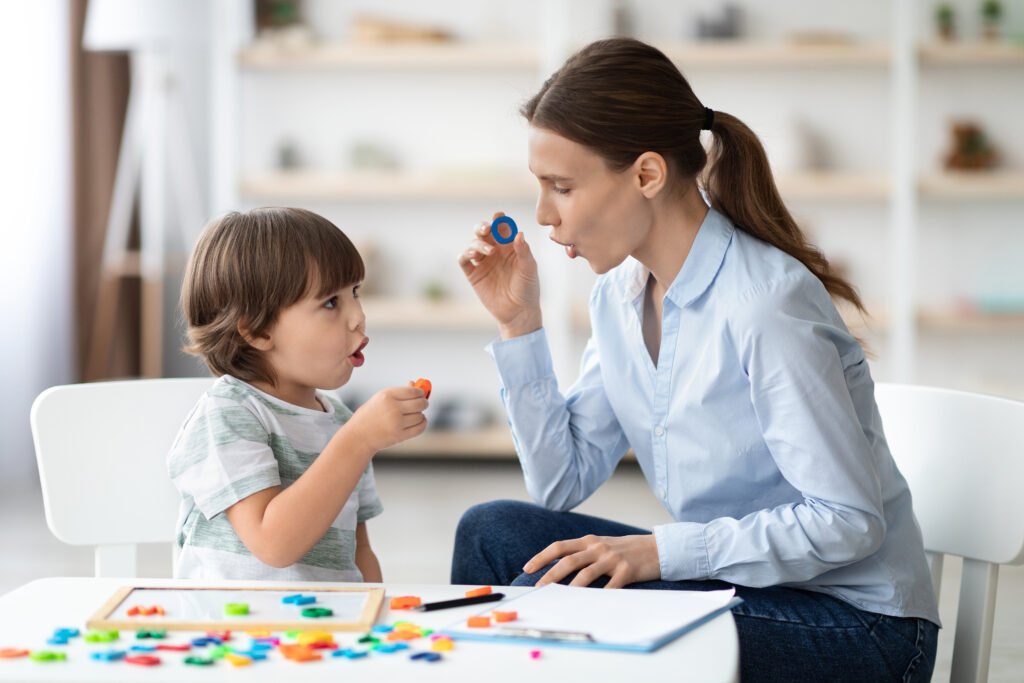Speech Sound Disorders

What are speech sound disorders and what are the different types? Children learn to say different sounds as they grow and develop. They do not pronounce first words the same way an adult might say them. In fact, we do not expect later developing sounds (r, th) until the around 5-6 years of age. So children may exhibit some distorted sounds or sound substitutions in their early years of talking. Children learn some sounds early (p, b, m, w). They should gradually learn how to say new sounds, improving the ability for others to understand them. Some children may have increased difficulty learning how to say their sounds, and they may have a speech sound disorder.
There are various reasons that children may have difficulty producing sounds, and there are different classifications of speech sound disorders.
Speech Sound Disorder #1: Phonological
Phonological speech sound disorders are due to difficulty understanding the rules of the speech sound system, often learned naturally by children. Errors might include “tat” instead of “sat” or “wabbit” instead of “rabbit.” Sometimes, children may pronounce the sound accurately in another position of the word. For example, a child says “s” at the end of words accurately, but does not say “s” at the beginning of words correctly. Other times, a child may substitute a whole group of sounds for a different sound. For example, they produce s, sh, f, and ch as t (“shin,” “chin”, and “fin” become “tin”).
#2: Articulation
An articulation disorder involves difficulty producing specific speech sounds. A child may eliminate, add, distort, or substitute a speech sound. This is typically because they do not know how to produce the accurate speech sound. Structural abnormalities of the facial structures (teeth, lips, tongue, palate) may also cause an articulation disorder.
#3: Childhood Apraxia of Speech (CAS)
CAS is a motor speech disorder. This means the child has difficulty planning and producing speech sounds due to difficulty with the brain telling the mouth muscles how to move. This brain-mouth disconnection makes it hard for the child to move their lips or tongue to produce speech sounds. Sometimes the child may not say much at all. CAS is often characterized by the child not saying words the same way every time, putting stress on a wrong syllable or word, distorting or changing sounds, and saying shorter words more clearly than longer words.
Speech sound disorders can have variable causes, leading to variable errors, requiring various treatment strategies. Sometimes, speech sound disorders can overlap as well. Ask your child’s speech therapist for the best strategies to use at home to help their speech sound progress. You can find speech and language developmental milestones here.
